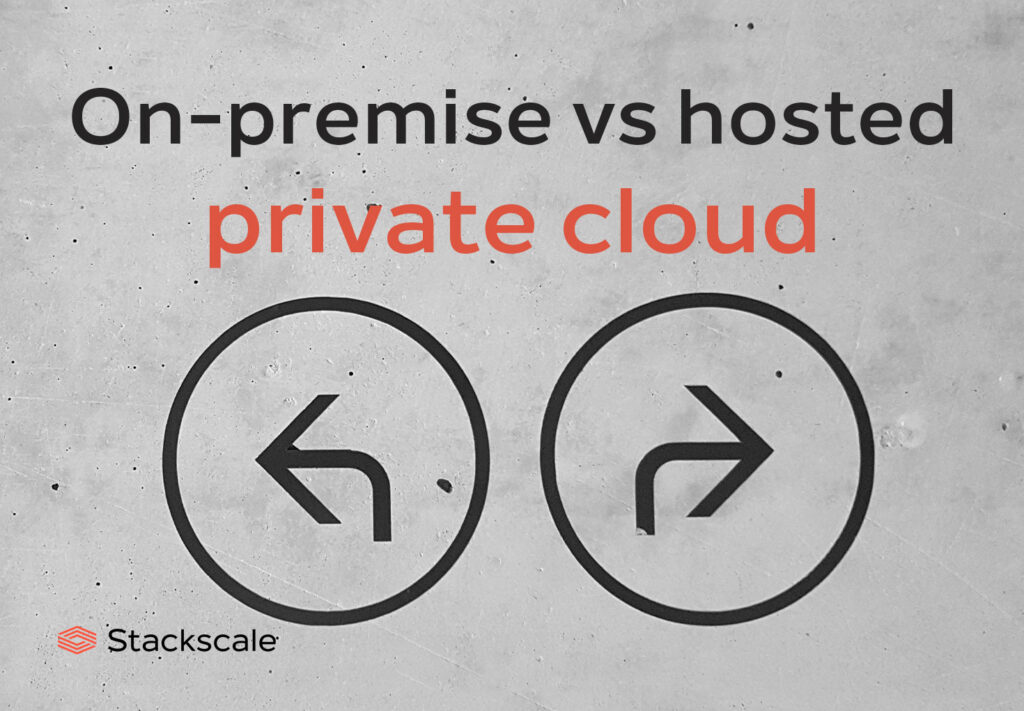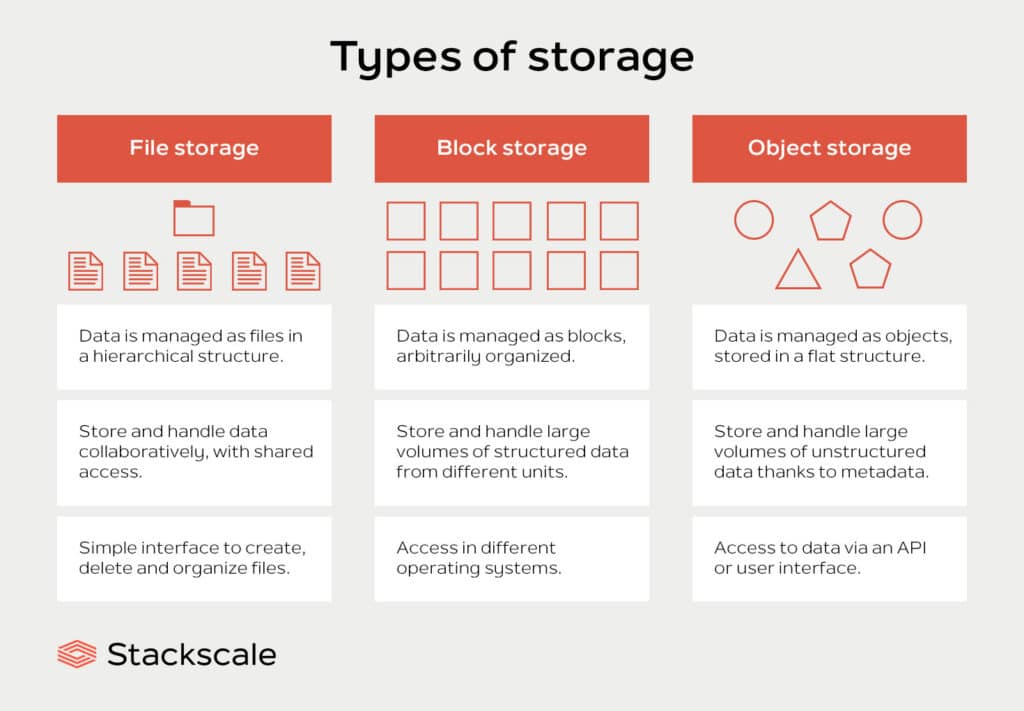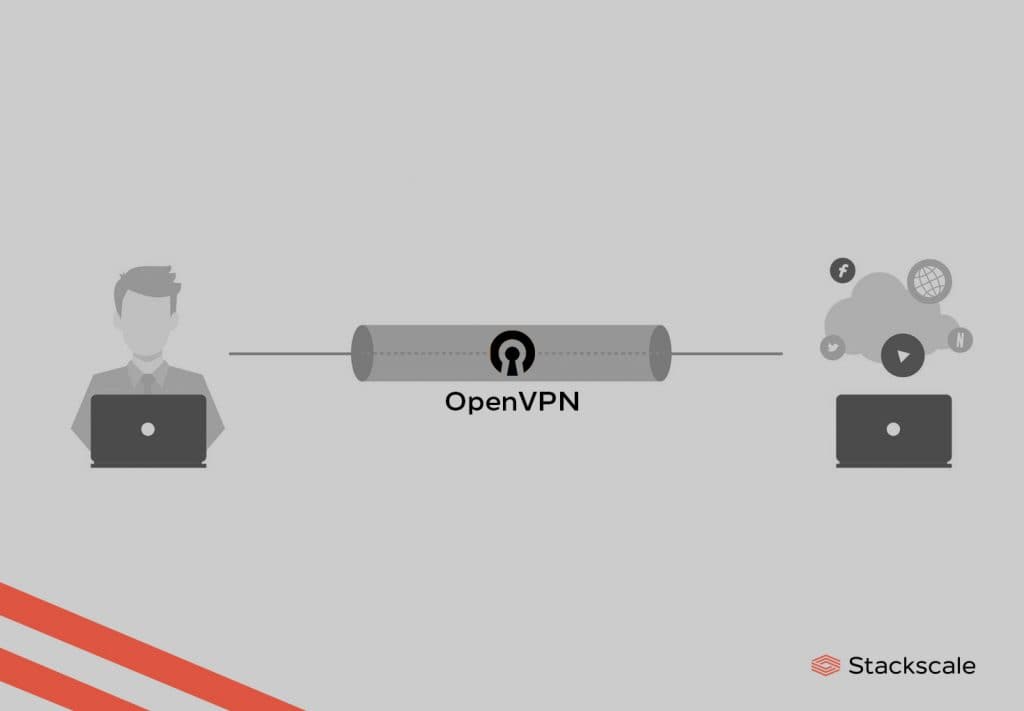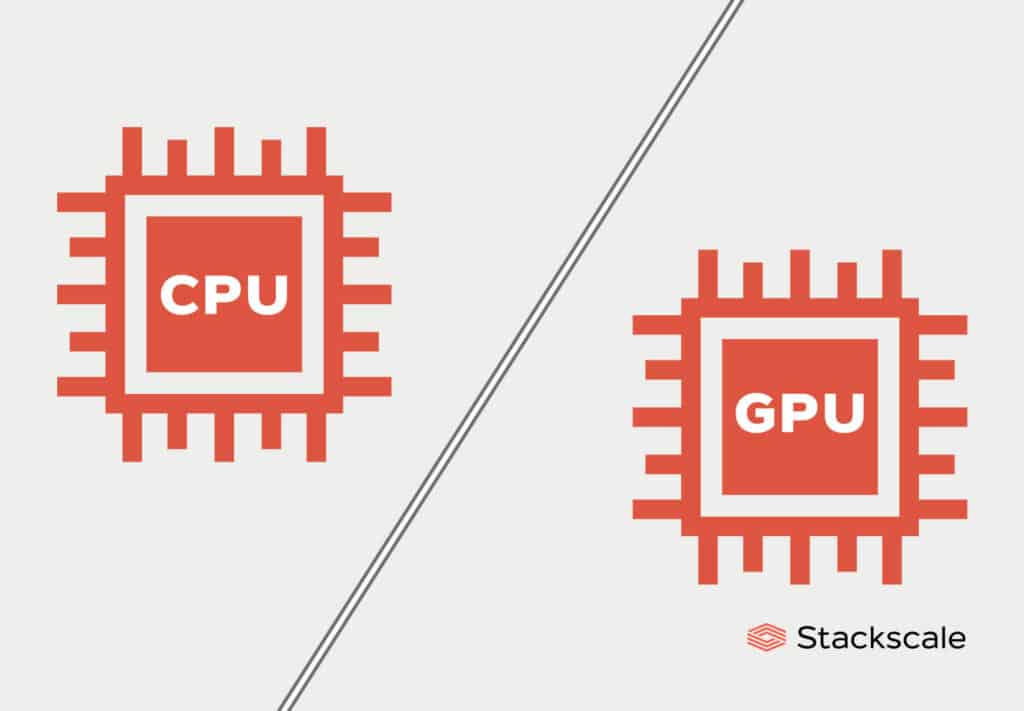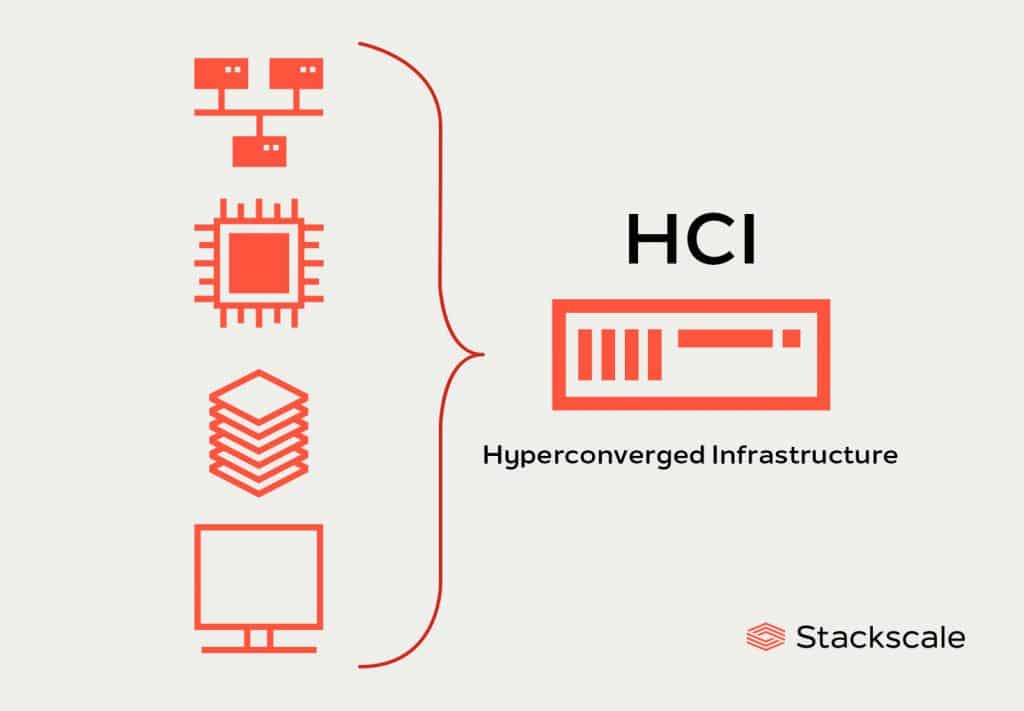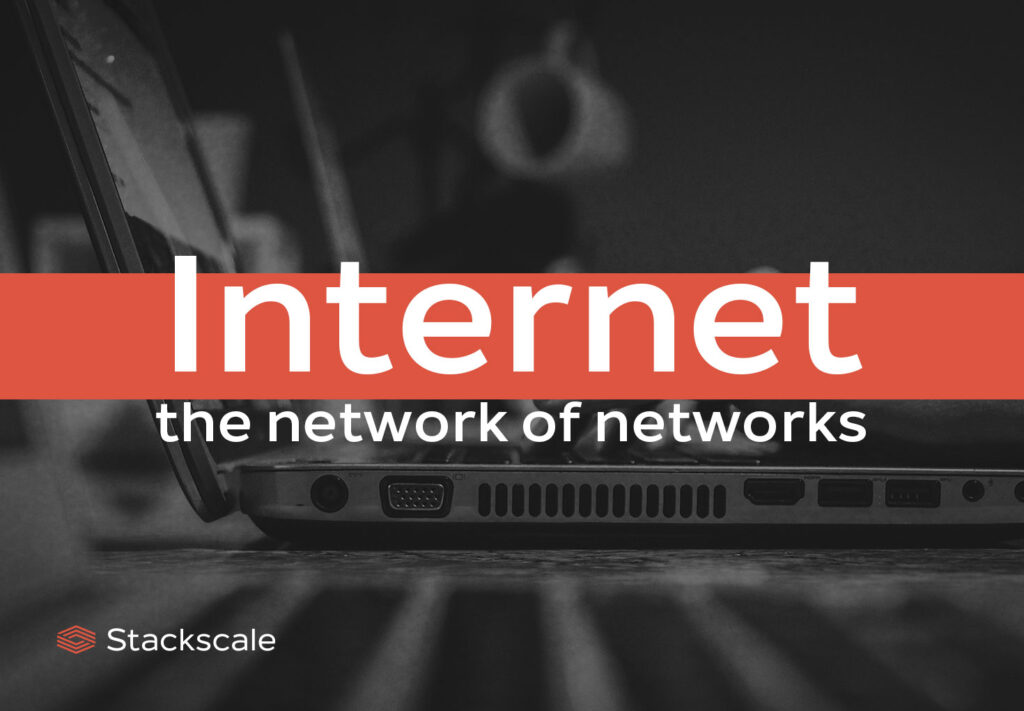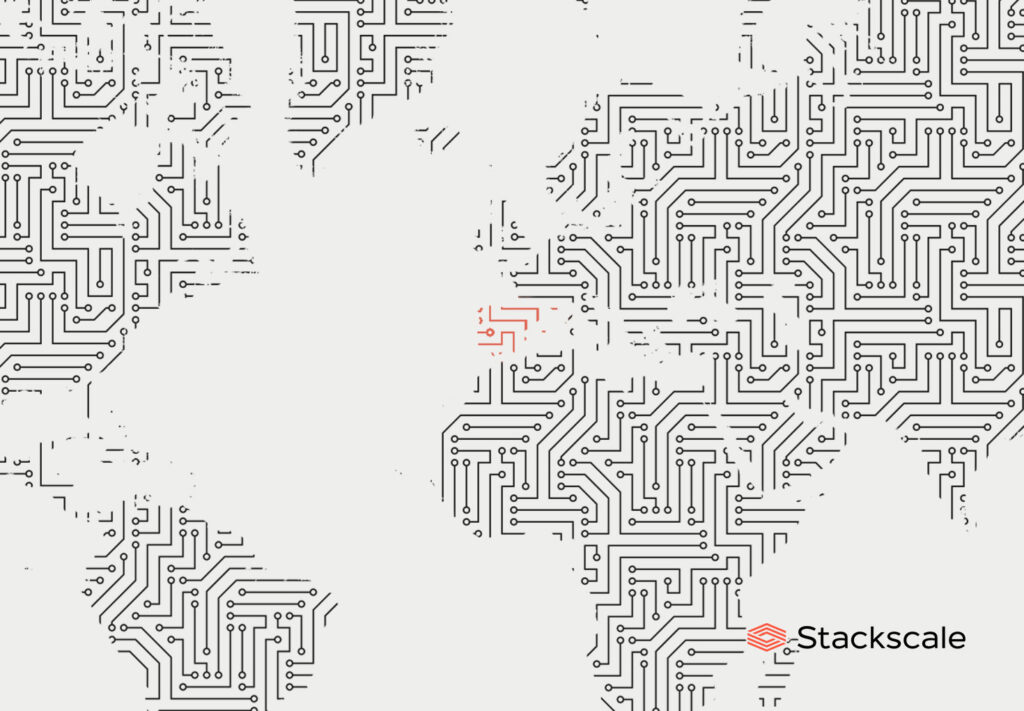
Submarine cables in the Iberian Peninsula
There are numerous submarine cables in the Iberian Peninsula that connect it with all regions around the world — Africa, Asia, North America, South America, Oceania and the rest of Europe. In fact, there are almost 40 submarine cables with landing points in Portugal and Spain. The need for new undersea cables increases as international

